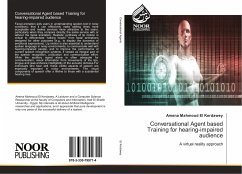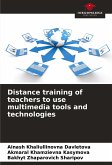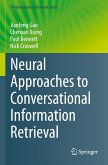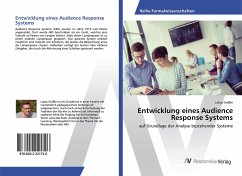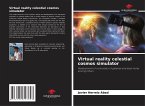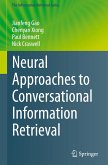Facial animation aids users in understanding spoken text in noisy conditions; that it can effectively make waiting times more acceptable and makes services more attractive to the users, particularly when they compare directly the same service with or without the facial animation. Realistic synthesis of lip motion is critical to differentiate "talking heads" from facial animations designed for other purposes (e.g., to display the dynamics of emotional expressions). Lip motion is also essential to understand spoken language in noisy environments, to communicate well with hearing-impaired people, and to improve the performance of current speech recognition systems, if viewed as integral part of the speech recognition, production and communication effort. While the auditory signal alone is often adequate for communication, visual information from movements of the lips, tongue and jaws enhance intelligibility of the acoustic stimulus.For individuals who hear well, these visible aspects of speech are especially important in noisy environments. The visual components of speech offer a lifeline to those with a substantial hearing loss.
Bitte wählen Sie Ihr Anliegen aus.
Rechnungen
Retourenschein anfordern
Bestellstatus
Storno

